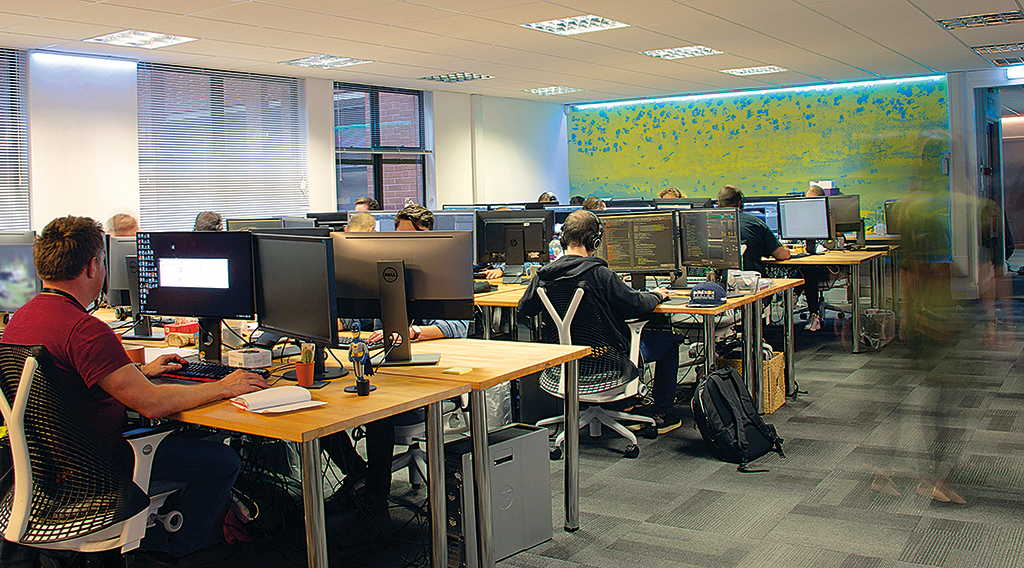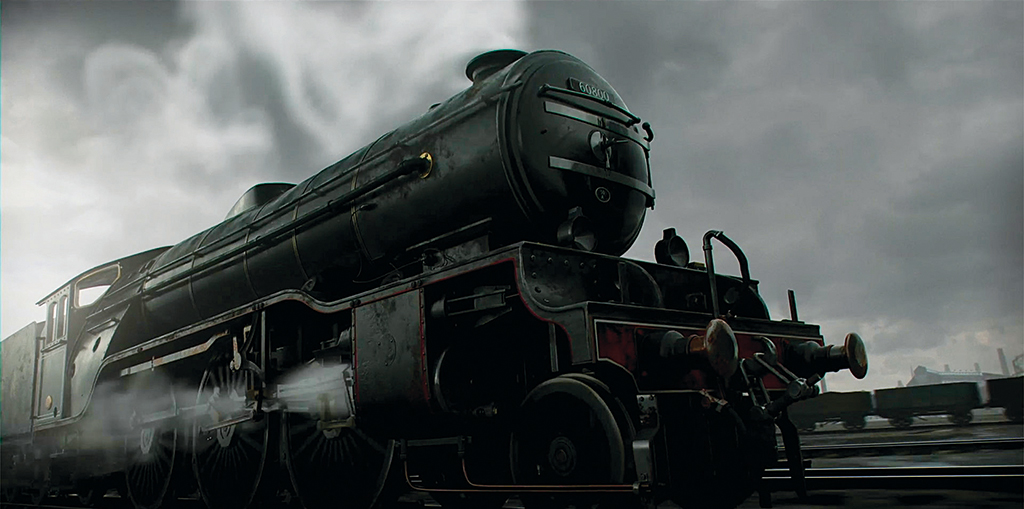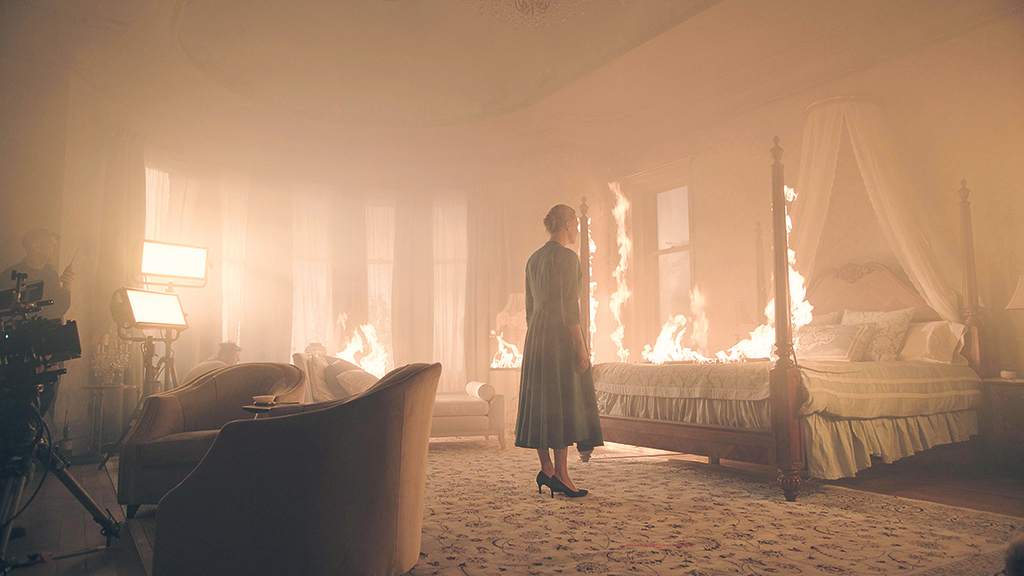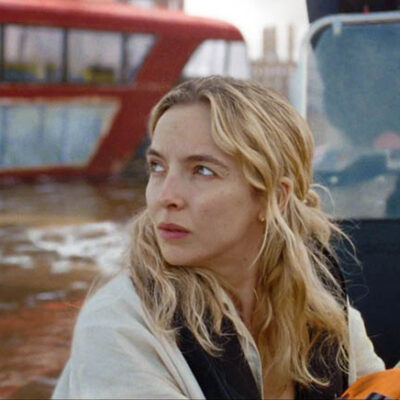
Outpost’s U.K. facility has a 150-seat capacity, while the new Montreal studio has an 84-seat capacity. (Photo courtesy of Outpost VFX)
The one constant among the studios VFX Voice spoke to is that they all began as startups by visual effects supervisors who had already gained experience elsewhere. Brendan Taylor, for example, started Mavericks VFX in Toronto in 2011 after working for several years with MR. X.
The TV show Transporter: The Series was intended to be Taylor’s entry into independent VFX supervising, but at the same time he also engaged a small group of freelance compositors as an in-house VFX team. Ultimately, that arrangement segued into a fully-fledged visual effects studio.
The Visual Effects Supervisor admits that the early days of Mavericks were some of the hardest, since it was about keeping work coming in and running the day-to-day life of a company. Things certainly started small: “We sublet a space to begin with, and one of the first things I got was a projector and Foundry’s Hiero, because I knew we had to review shots and couldn’t just do that on a computer monitor.”
As projects rolled in, such as The Hundred-Foot Journey, The Light Between Oceans, A Dog’s Purpose and several television shows, Mavericks VFX grew. This, however, necessitated expanding office space and bringing on artists as full-time employees, with all the related expenses. Taylor eventually sought a Canadian small business loan around 2017. “That’s when I realized I was all-in,” says Taylor. “But it meant, for us, we could take on bigger jobs.”
Looking back at how Mavericks has evolved, Taylor notes that it was incredibly organic. He knew the visual effects industry well, but planning for change has always been challenging. In the early days, Mavericks only spent minimal time crafting a VFX pipeline, and it’s something that Taylor says he wishes they had invested more in.
“When we were just compositing, it was fine,” states Taylor. “The real challenge came when we introduced 3D. Any inefficiencies we had with 30 artists were going to be doubled with 60 artists. And one of my senior artists shared with me that experienced VFX artists are very concerned about the pipeline of the company they go to. If it is an inefficient pipeline, and they have to work harder at doing small tasks, they can’t spend as much time working on their craft, and they hate it.”
Asked what his main piece of advice would be to others thinking of starting a VFX studio, Taylor identifies advice he received from another visual effects industry member – that he should straight away engage a great team of lawyers.
“It has really helped me out,” says Taylor. “When you get into the legal and business affairs of DreamWorks and Disney, it can be daunting and scary. We could have saved a bit of money to go with a smaller law firm, but there’s something to be said for the letterhead. So when Warner Bros. or Disney gets a letter from our lawyers, they know them. I don’t know anything about law, and I don’t presume to, I just want to do great work. But all these things have complicated contracts which you need to understand.”
The lawyers help, too, with production issues, such as tax credits. In Toronto, Mavericks VFX has the benefit of access to Ontario’s visual effects-related tax credits. While Taylor says he stayed in the city for family reasons, he would see the benefit of starting up operations in other Canadian cities such as Vancouver or Montreal to also take advantage of credits there.
Still, he notes, one of the benefits of being a certain size and in one location is having a closer relationship to all the artists at the studio. “Once you get past say 50 people, the role of the management gets different, and the role of the founder gets very different,” suggests Taylor. “A lot of people came on here for the family vibe that the company has. I’m worried if we do get bigger or bring on a general manager or something like that, it could lose that vibe. But we’ll see what happens.”




















